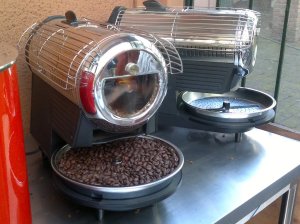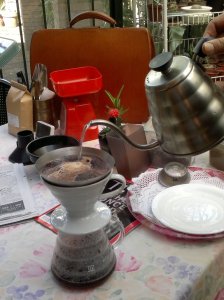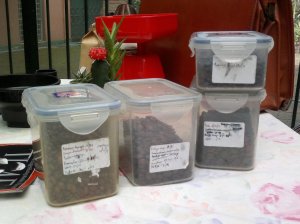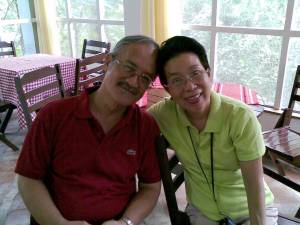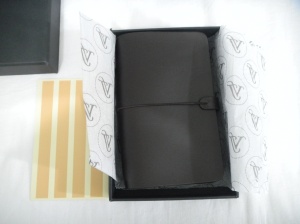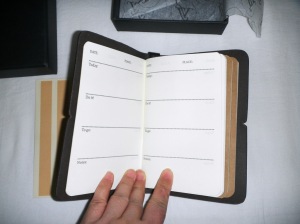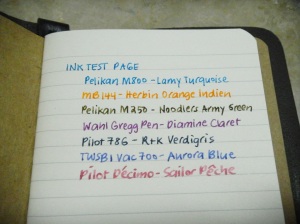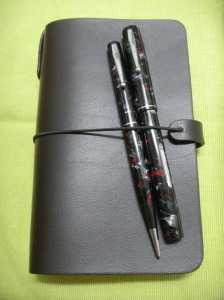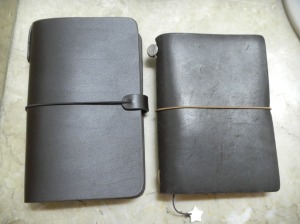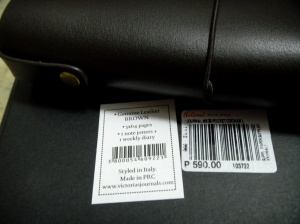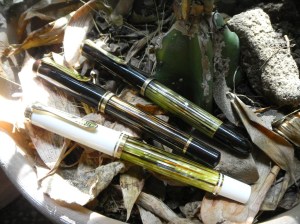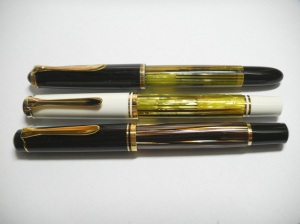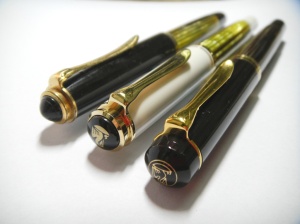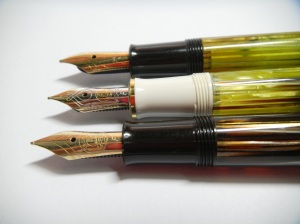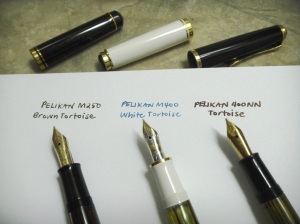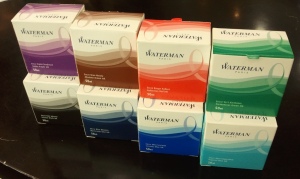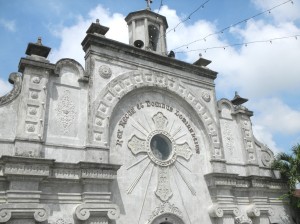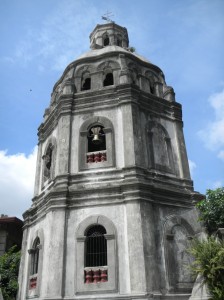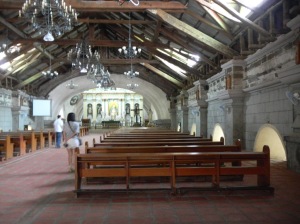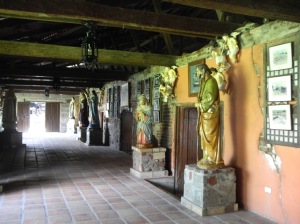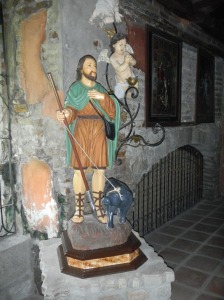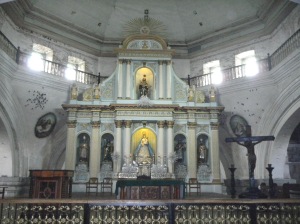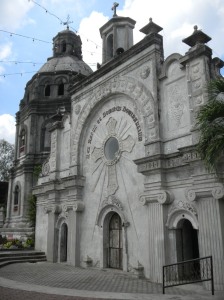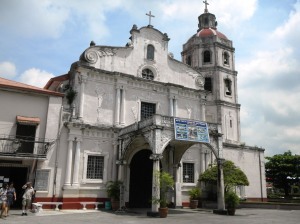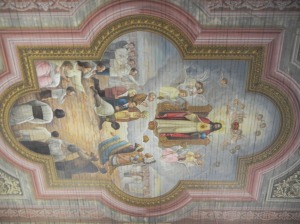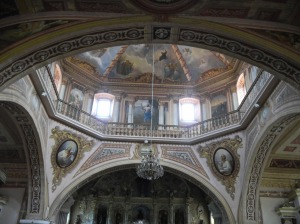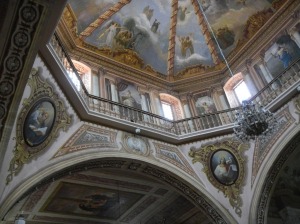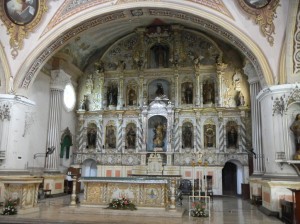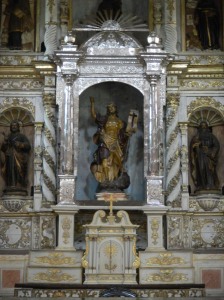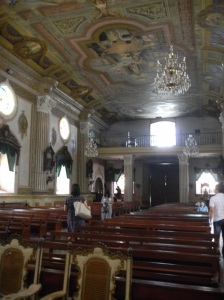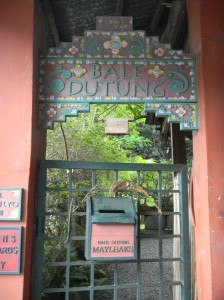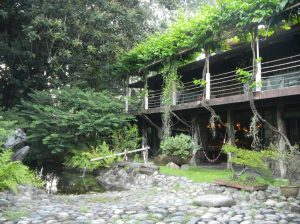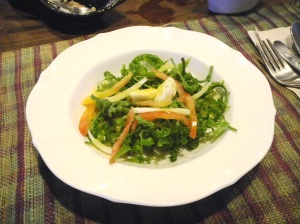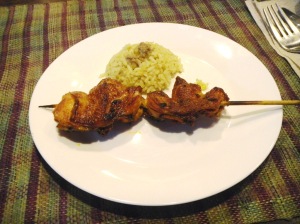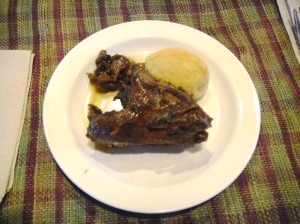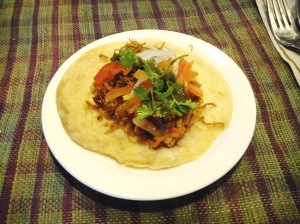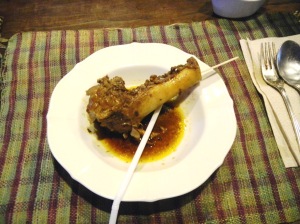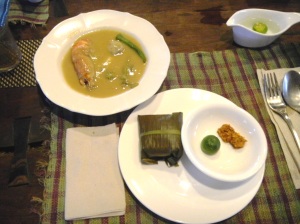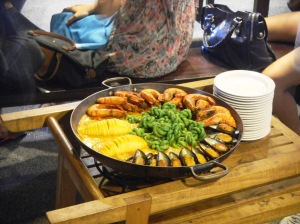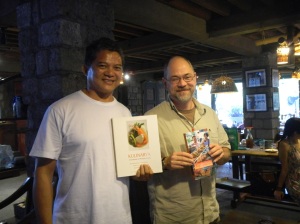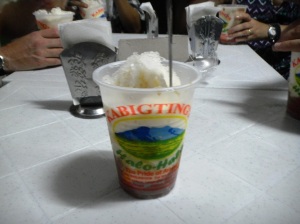Today I went with friends on a coffee safari. No, we didn't hop from
one coffee shop to another! We were invited to a coffee-tasting at a
friend's home. The coffees, however, came from exotic locales - where
the best coffees grow.
I had no idea my friend Dante was a member of a local coffee club. As you can guess, he doesn't have coffee at coffee shops because he enjoys making his own at home. He has a collection of coffee gadgets, ranging from grinders, to roasters, to French presses and espresso machines! He buys international single-origin coffee beans from a trusted source, and only roasts 250g of beans at a time. He grinds his beans just before making his coffee, in order to take advantage of the beans' freshly-released flavor and aroma.
We had, in order: Peruvian, Ethiopian dry-process (where the coffee berries dry in the sun naturally, as opposed to wet-process where the berries are hulled and the beans are dried separately), Jamaican Blue Mountain, Panama La Esmeralda Gesha and Ethiopian Harar coffees. Plus an Ethiopian dry-process Americano (1:1 espresso and water).
Dante used the hand drip coffee method. I was wondering if the ceramic dripper was available locally, and found out it was being sold at Craft Coffee Workshop along Broadway Ave. in New Manila, Quezon City. It's also available in different sizes , along with other coffee accessories, on Amazon.com.
The coffees all had a wonderful aroma, each different from the other. The aroma of the ground coffee was much stronger than that of the whole roasted beans. I wish I had taken tasting notes, but I don't know the terms. Dante arranged the progression of flavors in terms of complexity and body. I guess it would be like how a sommelier arranges wines to complement a dinner. We tried each coffee black, then with some muscovado sugar, then with non-dairy creamer. All the coffees were very good, but the Jamaican Blue Mountain and Panama La Esmeralda Gesha were particularly delicious. Sublime. (Jude, to me: "So, did you hear the choir of angels yet?" With my mouth full of coffee, all I could do was nod and smile.)
Yes, we had a LOT of coffee, in small cups, not the big American-size mugs. We were served pan de sal (soft breakfast buns), with our choice of filling - butter, strawberry jam, peanut butter and Spanish-style sardines. We also had a lot of water on the side, to cleanse our palates. You would think that all that caffeine would render me into a quivering mess, but I checked my hands and they didn't shake. Dante explains that when coffee has been made properly, you get the flavor of the coffee without too much of the caffeine. To prove his point, he served me and Christine an Americano each, made of the Ethiopian dry-process beans. My sixth coffee, but in a tiny double espresso cup. I felt extraordinarily alert, but I felt great! No palpitations.
Of course, this isn't something I'd do on a daily basis. I don't think I'd ever get to experience that in a commercial coffee shop, or even in a hotel. It was such a treat (thank you so much, Dante)! I learned so much about coffee that I never knew before.
I like to support Philippine coffee bean producers. My usual coffee at home is Arabica from the Cordilleras or Liberica from Batangas ("barako"), so Dante suggested I try the local coffee brand Monks' Blend. It's produced by Benedictine monks from the Monastery of the Transfiguration in Malaybalay, Bukidnon. We have an active Philippine Coffee Board, so maybe one day I'll work my way through the different local coffees, which I see being sold in organic weekend markets, food trade fairs and sustainable lifestyle stores like Echo Store.
